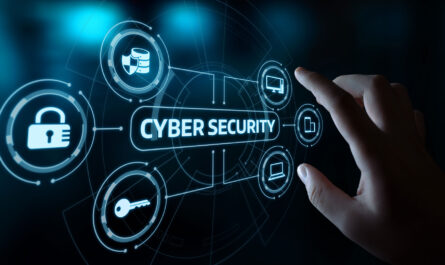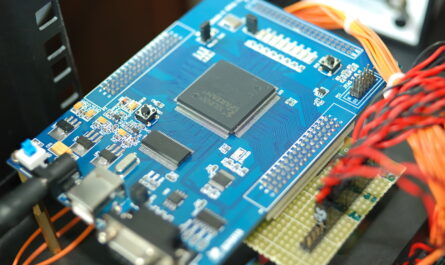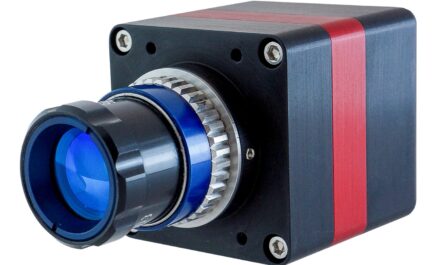 The transport and energy sectors are witnessing a rapid transformation with the rise of electric vehicles and renewable energy sources. Experts argue that combining these two sectors through vehicle-to-grid (V2G) technology can help address key challenges in both areas and pave the way for a more sustainable future.
The transport and energy sectors are witnessing a rapid transformation with the rise of electric vehicles and renewable energy sources. Experts argue that combining these two sectors through vehicle-to-grid (V2G) technology can help address key challenges in both areas and pave the way for a more sustainable future.
What is Vehicle to Grid Technology?
V2G technology refers to a bidirectional flow of electricity between electric vehicles (EVs) and the power grid. With this technology, electric vehicle batteries can store and discharge energy to support the electric grid. When plugged into the grid, EVs essentially act as distributed energy storage systems.
During periods of low energy demand, EVs can charge from the grid using cheaper nighttime electricity or renewable energy sources like solar and wind. Then when demand peaks during daytime, the stored energy in EV batteries can be sent back to the grid to meet those needs.
Advantages of V2G Technology
Vehicle-to-grid technology promises significant benefits for both the transport and power sectors:
Renewable Energy Integration:
One of the major hurdles in transitioning to renewable energy is its intermittent nature. Solar panels do not generate power at night and wind turbines are unpredictable. V2G helps address this by using EV batteries to store excess renewable energy produced during off-peak hours and feed it back to the grid when renewables are not generating enough. This improves the viability of integrating higher amounts of renewable sources into the energy mix.
Electric Grid Support:
During periods of high energy demand, EV batteries can provide power to the grid to help meet peak loads and reduce stress on conventional generators. This stabilizes grid operations and avoids blackouts. It also reduces the need to spin inefficient ‘peaker plants’ that are typically brought online only during peak hours. Using V2G for grid support increases overall power grid efficiency and reliability.
Monetary Benefits for EV Owners:
EV owners can make some money by allowing their car batteries to discharge power to the electric grid during peak demand periods and get paid for the service through programs like vehicle-to-grid aggregators. Utilities pay a higher price per kWh of energy during short periods of high demand. This makes owning an electric vehicle more affordable.
Infrastructure Optimization:
With bidirectional power flow, the same charging infrastructure can be used to inject energy from EVs into the grid as well as to charge vehicles, improving overall infrastructure utilization. Fewer dedicated charging stations need to be built, reducing upfront costs.
Environmental and Health Benefits:
As V2G facilitates increased renewable integration and reduction in peaker plant usage, it leads to lower carbon footprint and improved air quality compared to gasoline vehicles with conventional grid reliance. An EV-V2G enabled grid would emit far fewer greenhouse gases.
Technical Challenges
While V2G has huge potential to catalyze the clean energy transition, realizing its full benefits presents significant technical challenges:
Battery Degradation:
Frequent charging and discharging of EV batteries for grid services can accelerate their degradation over time and reduce usable life. Proper battery management and less frequent deep drain cycles may help address this challenge.
Scheduling and Control:
Coordination is needed between widespread EV owners, utilities and grid operators to schedule energy discharging from vehicles according to demand forecasts and ensure steady voltage levels across the network. A robust IT platform is required to enable this coordination at a large scale.
Vehicle Availability:
Not all EV owners would agree to provide V2G services when their vehicles are parked for long periods. Ensuring sufficient availability of batteries for grid ancillary services is difficult. Intelligent charging algorithms must be developed to optimize use of available EVs.
Standardization:
Lack of common global standards for vehicle-grid communication protocols and equipment installation poses compatibility issues between automakers, grid utilities and charging point operators across markets. Standard setting bodies are actively working on devising global V2G standards.
While overcoming these challenges will require significant research and testing, the potential rewards of a future V2G-enabled smart grid make it well worth pioneering. As EV and renewable adoption increases globally, V2G is emerging as an indispensable piece of the clean energy puzzle. With a well-coordinated effort from automakers, utilities and policymakers, the full promise of this exciting technology can be realized in the coming decade. This would mark a giant leap toward sustainable transportation and power systems worldwide.
In conclusion, V2G technology presents a win-win scenario for tackling key issues facing both the electric transport and power sectors. If challenges around battery degradation, vehicle coordination and standardization can be addressed, V2G could serve as the missing link integrating electric cars with renewable energy production on a massive scale. With the right policy push and industry actions, a future of clean, inexpensive and reliable electricity for all may not be a distant dream after all.
*Note:
1. Source: Coherent Market Insights, Public sources, Desk research
2. We have leveraged AI tools to mine information and compile it



